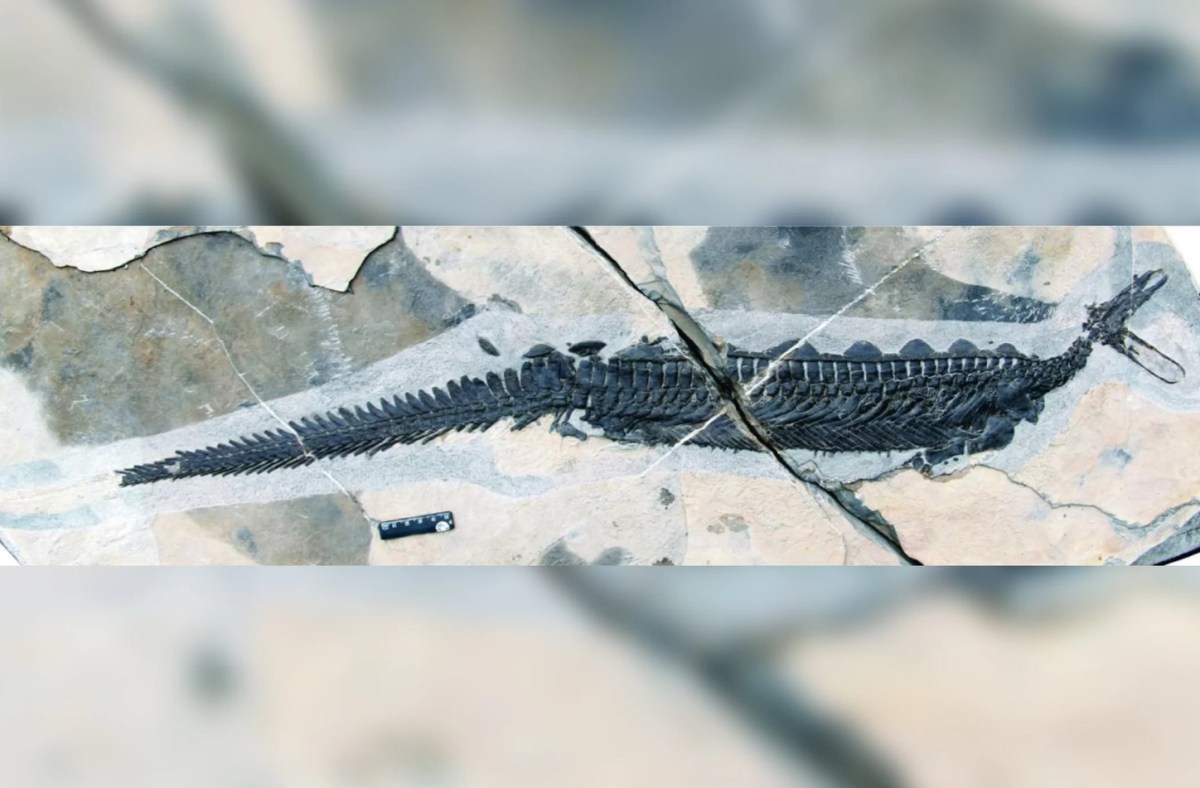A so-called prehistoric platypus has been discovered by researchers in China, Live Science reports.
The 250-million-year-old fossils were found in China’s Jialingjiang Formation. The discovery completes a previously found set of the species’ bones that was missing the head of the creature.
“This animal had unusually small eyes for the body, only rivaled by some living animals that rely on senses other than vision and feed in the dusk or darkness— for example some shrews, badgers and the duck-billed platypus,” the study’s lead researcher Ryosuke Motani, a paleobiologist at the University of California, Davis, told Live Science. “So, it most likely used tactile senses [with its] platypus-like bill to detect prey in the dusk or darkness.”
Motani says this is the oldest record of such a small-eyed vertebrate with four limbs. He says the animal is “somewhat like in the dinosaur Stegosaurus. [It’s] very bizarre looking.”
Researchers quickly discovered that the prehistoric platypus didn’t do very well in its environment. It could barely hear anything and lacked a structure in its mouth to flick its tongue for tasting so it’s life was probably short-lived.
“Slightly after the end-Permian mass extinction, there were a lot of open opportunities as life recolonized the Earth’s surface,” Motani said. “These bizarre forms grabbed the open niches and diversified, but were soon wiped out, probably by natural selection. The animal in question is one of them— it must have been a slow swimmer and an inefficient feeder, but that was sufficient for the time being.”
Thanks for reading InsideHook. Sign up for our daily newsletter and be in the know.


















